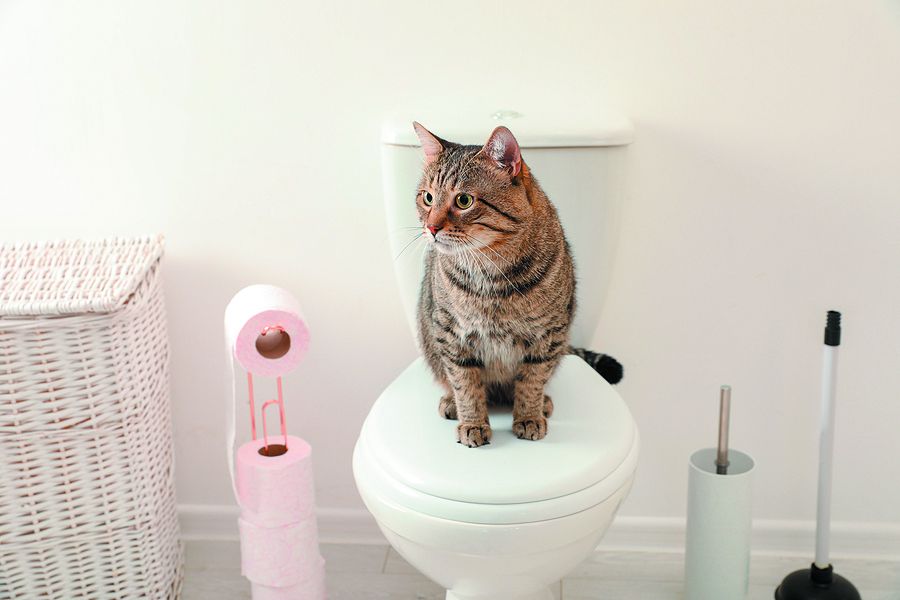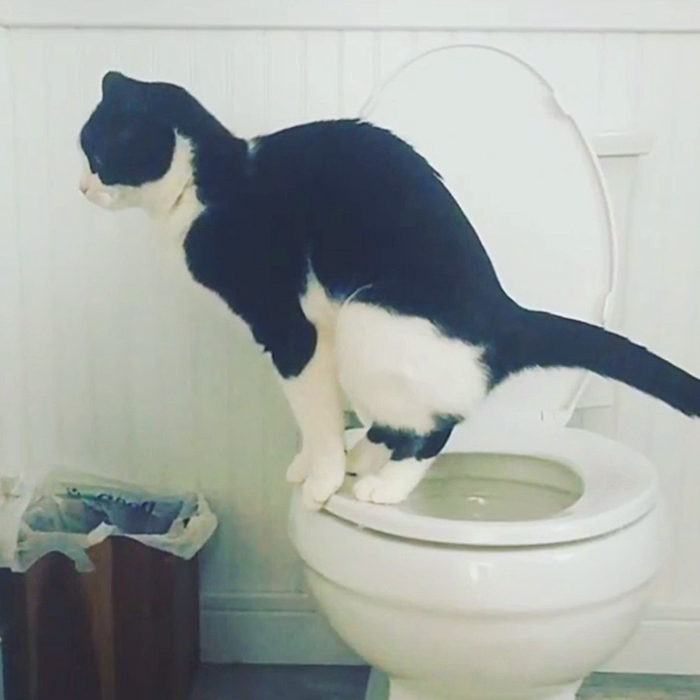Exploring the Harms of Flushing Animal Waste Down the Toilet
Exploring the Harms of Flushing Animal Waste Down the Toilet
Blog Article
The writer is making a number of good pointers on the subject of Can You Flush Dog and Cat Poo Down the Toilet? in general in this content further down.

When it concerns dealing with waste, particularly animal waste, many people frequently consider the convenient choice of flushing it down the bathroom. Nevertheless, this seemingly easy service can have significant effects for the setting and public health. In this article, we'll discover why flushing pet waste down the toilet is a poor idea and provide alternate methods for proper disposal.
Introduction
Appropriate garbage disposal is important for maintaining ecological sustainability and public health. While it might appear safe to purge animal waste down the commode, it can bring about different issues, both for the setting and human well-being.
Dangers of flushing animal waste
Ecological impact
Flushing pet waste introduces unsafe bacteria and pathogens into waterways, which can adversely impact water environments. These microorganisms can infect water sources and damage marine life, interfering with fragile ecological communities.
Public health worries
Pet waste includes hazardous germs such as E. coli and Salmonella, which can posture serious wellness risks to human beings. Flushing pet waste down the bathroom can contaminate water materials, resulting in the spread of illness and infections.
Alternatives to flushing
Rather than flushing animal waste down the toilet, there are several alternate disposal techniques that are more eco-friendly and hygienic.
Composting
Composting pet waste is an environmentally friendly way to deal with it. By composting, organic matter is broken down right into nutrient-rich dirt, which can be used to fertilize yards and plants.
Land fill disposal
Dealing with animal waste in a garbage dump is one more alternative. While not as eco-friendly as composting, it is a more secure choice to flushing, as it protects against the contamination of water sources.
Pet waste disposal systems
There are specific animal garbage disposal systems readily available that securely and hygienically get rid of pet waste. These systems commonly make use of enzymes to break down waste and eliminate odors.
Steps to appropriate pet waste disposal
To make certain proper disposal of pet waste, comply with these actions:
Scooping and nabbing waste
On a regular basis scoop and bag animal waste making use of biodegradable bags. This stops waste from contaminating the environment.
Utilizing designated waste containers
Dispose of bagged animal waste in marked waste containers, such as compost containers or garbage dump containers. Avoid flushing it down the commode whatsoever expenses.
Cleaning can and animal areas routinely
Frequently clean litter boxes and pet locations to avoid the buildup of waste and bacteria. Use pet-safe cleansing items to preserve hygiene.
Benefits of correct disposal methods
Embracing appropriate disposal methods for animal waste offers numerous benefits:
Decreased environmental pollution
Appropriate disposal techniques lower the danger of environmental pollution, protecting waterways and environments from contamination
Minimized risk of water contamination.
By staying clear of flushing pet waste down the commode, the threat of water contamination is considerably reduced, safeguarding public health.
Improved sanitation and hygiene
Appropriate disposal approaches promote better hygiene and health, developing a safer setting for both humans and pets.
Final thought
Finally, purging animal waste down the commode is hazardous to the setting and public health. By adopting alternative disposal approaches and following proper waste management techniques, we can reduce the unfavorable influence of animal waste and contribute to a cleaner, much healthier planet.
What To Do With Dog Poo – The Do's And Don'ts Of Disposing Of Faeces
Dog poo bins
Some councils provide dedicated dog waste bins in popular dog-walking areas that can take dog poo that has been bagged but you can legally dispose of dog waste in any public litter bin, as long as it is securely bagged. This also applies to your wheelie bin at home.
Do not flush
Water companies do not recommend flushing dog faeces down the toilet because certain parasites can survive the water processing treatment and are potentially harmful to humans. You should also never consider flushing dog poo that has been bagged down the toilet as the bags will not break down and instead create severe blockages in the sewage system.
In the woods
The Forestry Commission promotes a ‘stick and flick’ method for dealing with waste in the woods. This means finding a stick and using it to flick any poo from off the path so that it is out of the way of other walkers. You could also bury it as long as it is not in an area where there might be livestock.
Livestock
Parasites found in dog poo can be transmitted to livestock if they inadvertently eat infected faeces that has been left on grazing land. This could result in the death of sheep or abortion in cattle so you should always make sure you pick up your dog’s waste in fields where livestock could be present.

Frequently clean litter boxes and pet locations to avoid the buildup of waste and bacteria. Use pet-safe cleansing items to preserve hygiene.
Benefits of correct disposal methods
Embracing appropriate disposal methods for animal waste offers numerous benefits:
Decreased environmental pollution
Appropriate disposal techniques lower the danger of environmental pollution, protecting waterways and environments from contamination
Minimized risk of water contamination.
By staying clear of flushing pet waste down the commode, the threat of water contamination is considerably reduced, safeguarding public health.
Improved sanitation and hygiene
Appropriate disposal approaches promote better hygiene and health, developing a safer setting for both humans and pets.
Final thought
Finally, purging animal waste down the commode is hazardous to the setting and public health. By adopting alternative disposal approaches and following proper waste management techniques, we can reduce the unfavorable influence of animal waste and contribute to a cleaner, much healthier planet.
What To Do With Dog Poo – The Do's And Don'ts Of Disposing Of Faeces
Dog poo bins
Some councils provide dedicated dog waste bins in popular dog-walking areas that can take dog poo that has been bagged but you can legally dispose of dog waste in any public litter bin, as long as it is securely bagged. This also applies to your wheelie bin at home.
Do not flush
Water companies do not recommend flushing dog faeces down the toilet because certain parasites can survive the water processing treatment and are potentially harmful to humans. You should also never consider flushing dog poo that has been bagged down the toilet as the bags will not break down and instead create severe blockages in the sewage system.
In the woods
The Forestry Commission promotes a ‘stick and flick’ method for dealing with waste in the woods. This means finding a stick and using it to flick any poo from off the path so that it is out of the way of other walkers. You could also bury it as long as it is not in an area where there might be livestock.
Livestock
Parasites found in dog poo can be transmitted to livestock if they inadvertently eat infected faeces that has been left on grazing land. This could result in the death of sheep or abortion in cattle so you should always make sure you pick up your dog’s waste in fields where livestock could be present.

We were introduced to that article on 4 Reasons Why Dog Poop Cleanup is Important through an acquaintance on our other web page. If you appreciated our blog entry please do not forget to pass it around. Thank you so much for going through it.
Call Report this page